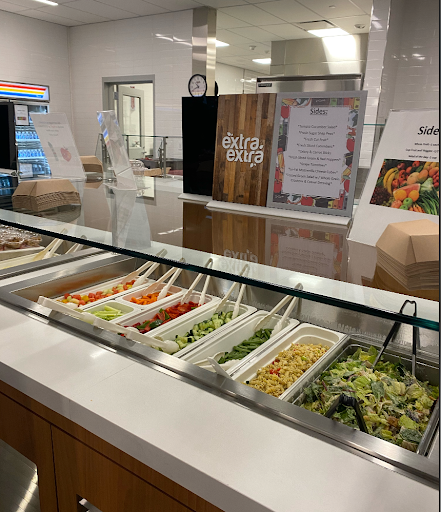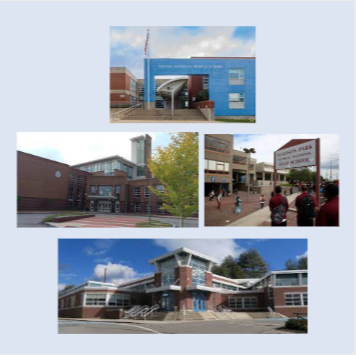Attending six, hour-long, classes each day makes a student work up an appetite, which means a nutritious, filling meal is desired. Increasing the quality of the cafeteria experience could even improve student learning and perhaps give them a better attitude toward their schools.
In public schools, the meals can be unsatisfying as the portion size may not be enough, and waiting in the lunch line can be dreadful when you only have so much time. Students who have been feasting at Triton for as long as they can remember are simply disappointed with the inability to get a filling meal throughout a long school day.
A teenager spends five out of the seven days of the week in school, which is two out of the 3 meals per day. Some even choose to opt out of eating breakfast, meaning lunch is crucial if a student wants to maintain energy and comfort throughout the day. While it’s understood that the school can’t spend a surplus of the budget on high quality foods, there are more simple approaches to take to improve the dining experience. Perhaps this be improving the cafeteria setting or even changing up the lunches each week to be less continuous, which has been done for students at Pentucket high school.
After a long morning of work, students hope for a filling meal, but instead get another small portion of food that they might have to eat again a couple more times that week. With the small amount of food and calories, student athletes feel the need to go for doubles and even triples of the meal. But, this isn’t completely the school’s fault. In the document from Mass.gov, Healthy Students, Healthy Schools, it states that “Foods shall not exceed 200 calories per item” and fat, sodium, and sugar also have a standard. Therefore, public schools across the board have the same nutritional value.
In the year 2020, Pentucket High School, located in West Newbury Massachusetts, underwent extreme renovations. During this construction the school was remodeled entirely, which changed up the floorplan of the building. The cafeteria became a more open concept where it feels like a mall or college common area. Jonathan Seymour, the executive director of operations and former principal of Pentucket, notes the change in environment, sharing, “Flexibility is a big part of the new school with lots of fluid movement.” Students have even expressed their gratitude for the changes as it has allowed them to eat in a more comfortable setting. Pentucket junior Vivian Asimelli notes that students now have “numerous areas to eat and the freedom to sit and look outside.”
Students from Triton High School toured the renovated school and experienced their lunch food. The first impression you get when walking into the lunch line is that it’s a lot more organized and there are more options for food. There is also a noticeably less amount of snacks and more sandwiches, wraps and alternative meals you can get. Limits on the food we are being served can make the meals feel more plain and non-filling, but isn’t the most unfortunate part about the Triton dining experience. Walking into our lunch line there are primarily two meal options that students have to choose from and some snack boxes scattered here and there. Triton senior Liam Kneeland joined us in trying the Pentucket lunch. Two of us tried the chicken sandwich and Kneeland had the burger. He shares that the “food quality is ultimately the same, but the appearance of the food looked much better.” Triton junior Andrew Balkus even thinks “ that the burger was juicer and the cheese had more flavor”.
While it’s understood that the entire food supply cannot change amongst public schools, having a wide option of choices would better appeal to the amount of students dining at their schools. Adjusting the environment will improve the energy of the cafeteria, prompting a more healthy relationship where students are excited to enjoy their lunch.







